When selecting a dog breed for extreme climates, whether blisteringly hot deserts or frigid arctic zones, it’s essential to consider the breed’s adaptability to such conditions. Dogs that thrive in extreme climates usually possess physical traits and historical backgrounds that prepare them for these environments, such as thick coats for cold weather or short, light-colored fur for hot areas. This article explores ten dog breeds that are uniquely suited for living in extreme conditions. These breeds not only survive but flourish, thanks to their evolutionary and selective breeding traits that help them cope with the challenges posed by their surroundings.
1. Siberian Husky
Siberian Huskies are synonymous with cold climates. Originally bred by the Chukchi people in Siberia, they were designed to pull sleds over long icy distances. Huskies have a dense double coat that protects them from harsh winter conditions, and their unique almond-shaped eyes reduce sun glare, which is vital in snowy environments. They possess boundless energy and stamina, which makes them ideal for active tasks in cold weather. However, their thick coat means they are not well-suited to hot climates without special care.
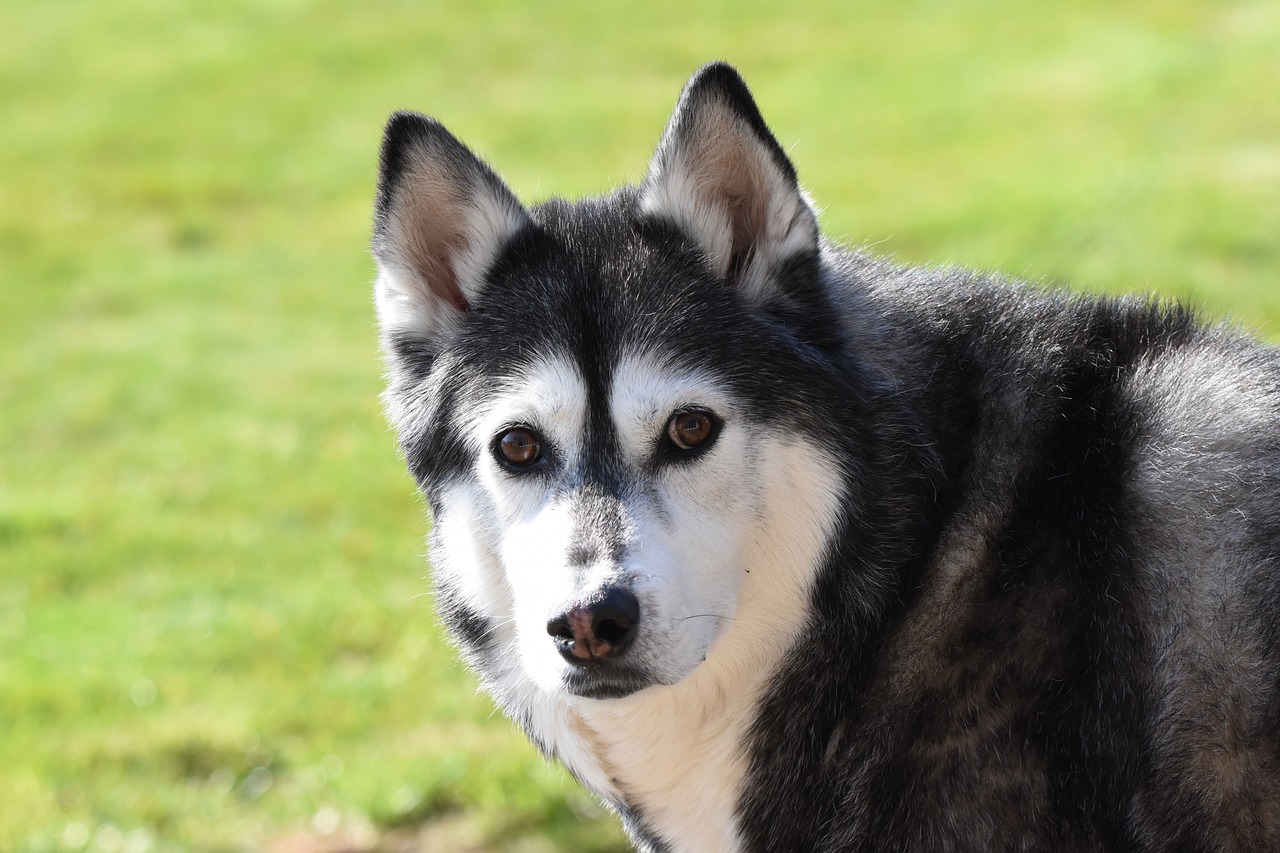
2. Alaskan Malamute
Similar to the Siberian Husky, the Alaskan Malamute is built for the coldest climates. As one of the oldest sled dog breeds, Malamutes have a robust build and a powerful stature, allowing them to haul heavy freight over frozen landscapes. Their dense, waterproof coat and tough pads provide insulation and protection against icy terrain. They are known for their endurance and strength, making them perfect companions for those in snowy, high-altitude environments.
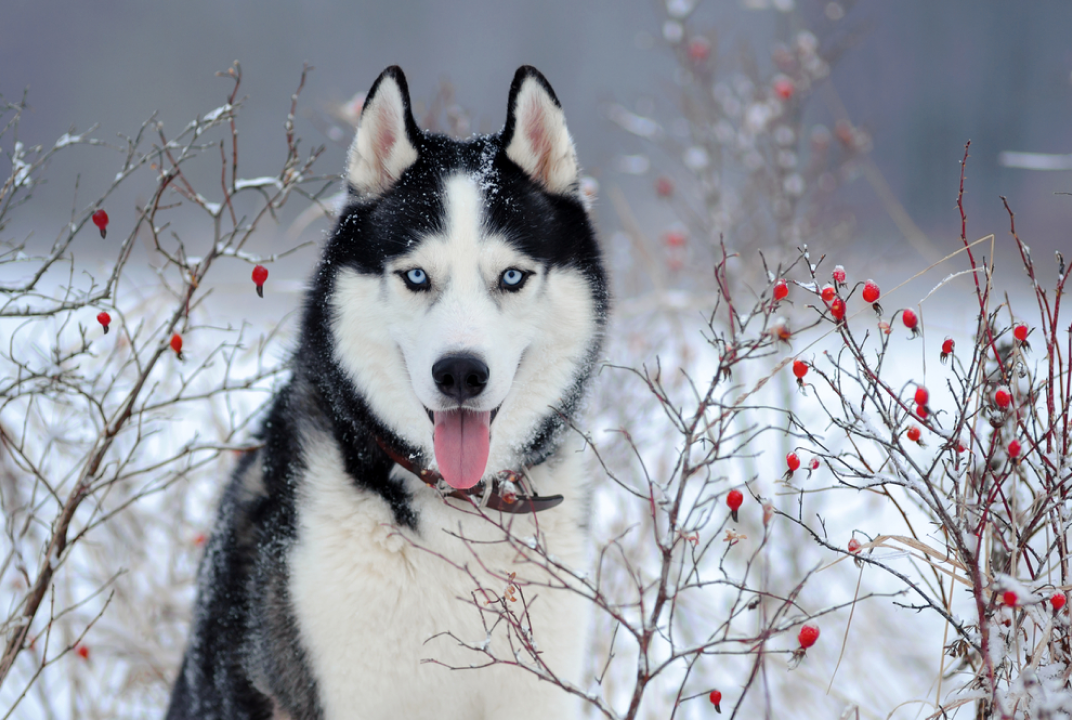
3. Saint Bernard
Famous for their role as rescue dogs in the Swiss Alps, Saint Bernards are excellent in extreme cold conditions. Their massive size and thick, musky coat provide substantial warmth, and their calm, patient nature makes them reliable in emergencies. Originally used by monks to locate and save lost travelers, Saint Bernards have a keen sense of direction and resistance to cold, which are indispensable traits for harsh winter climates.
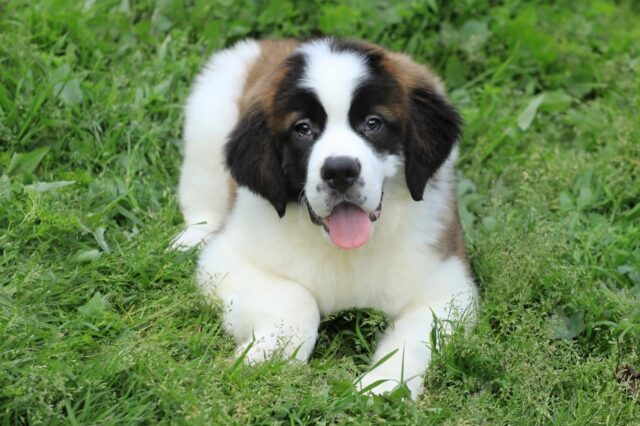
4. Saluki
In stark contrast to the frost-friendly breeds, the Saluki thrives in hot, arid environments, akin to its origins in the Middle East. This breed’s slim, graceful build allows for excellent air circulation and heat dissipation, while their short and smooth coat helps reflect sunlight. Salukis are incredibly resilient in warm weather due to their ancient breeding for hunting in desert conditions, making them ideal for hot climates.
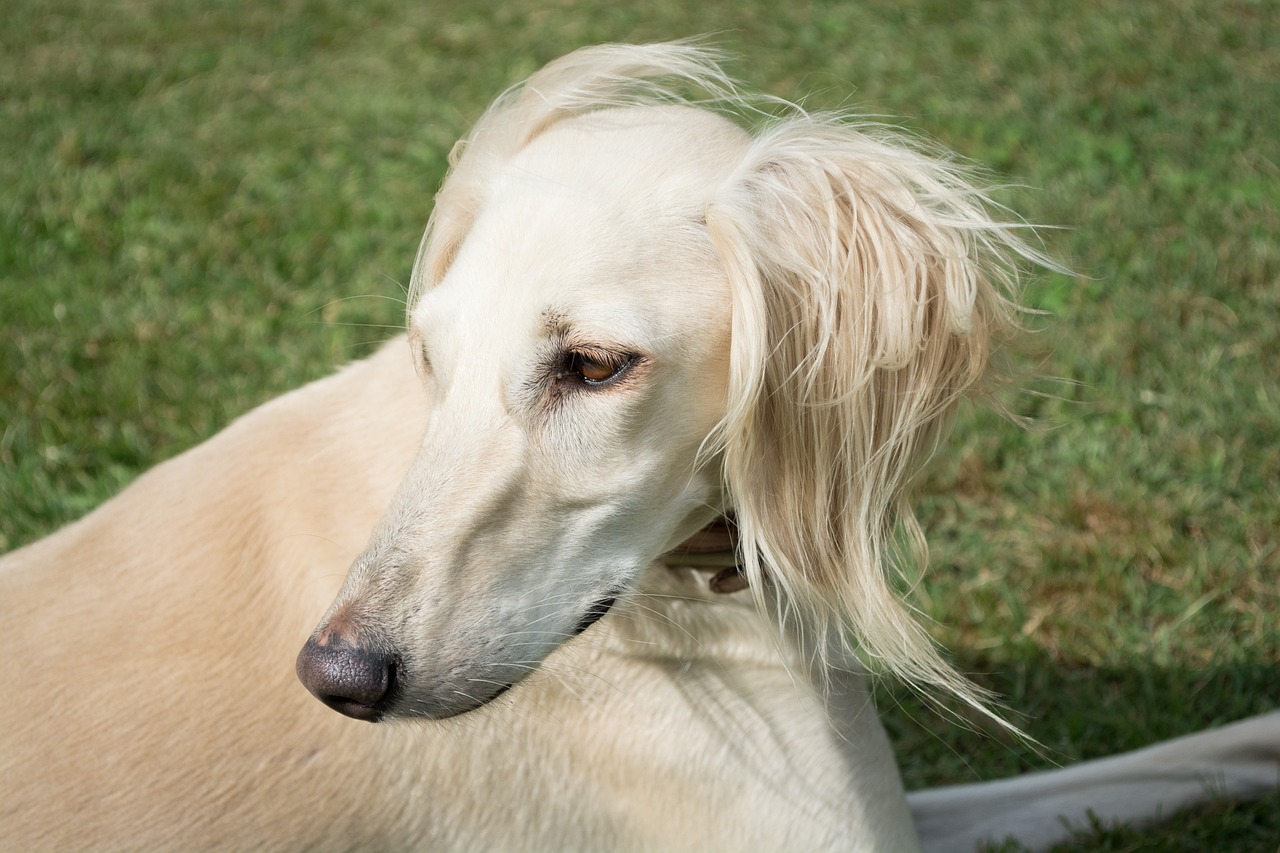
5. Basenji
Known as the “African Barkless Dog,” the Basenji is another breed that excels in hot climates. Their short coat, high-set ears, and tightly curled tail allow for efficient heat release. Basenjis lack a typical dog odor, which is beneficial in hotter environments, and they are known for their silent, cat-like demeanor. Originally bred for hunting in the dense forests of central Africa, Basenjis are adept at handling warm and humid conditions.
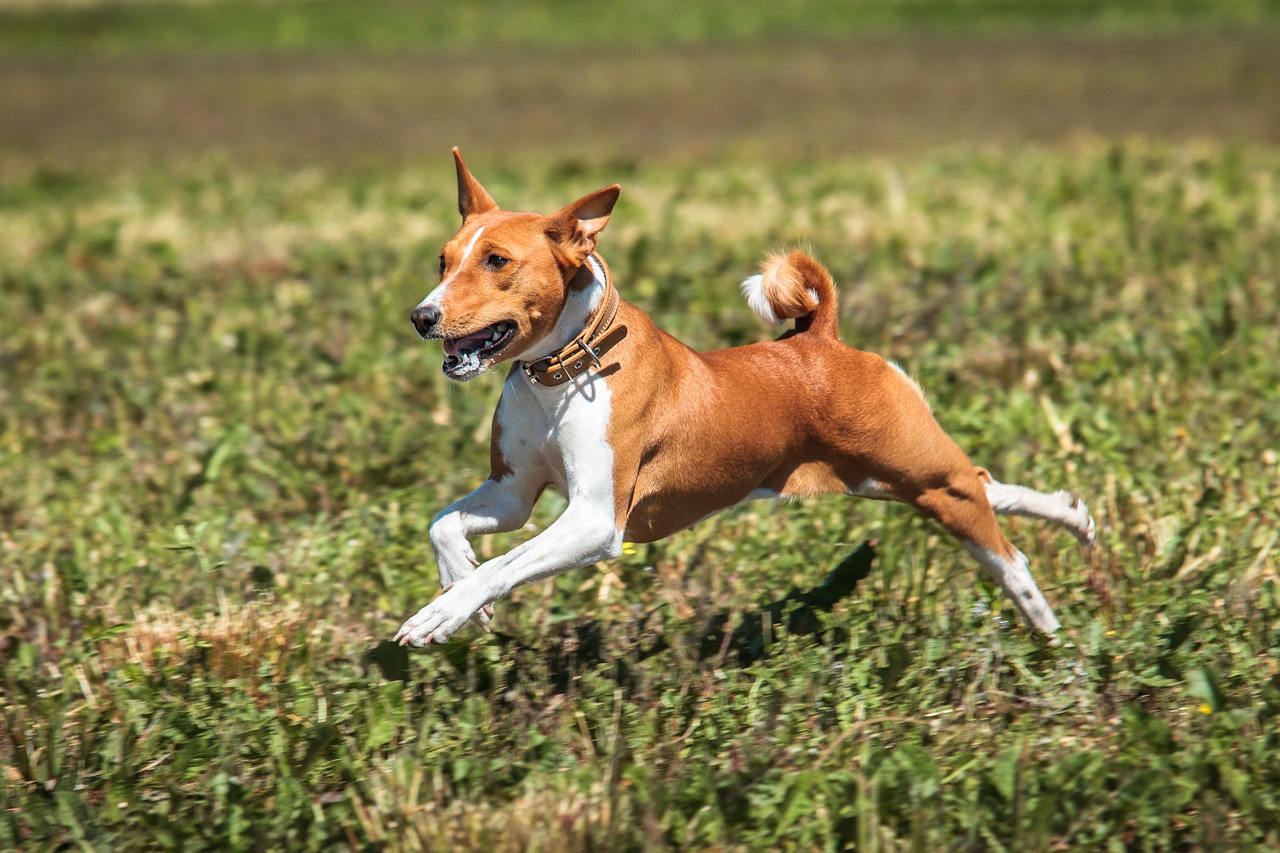
6. Akita
The Akita is a breed that originates from the mountains of northern Japan, designed to handle both the rugged terrain and the cold climate. They have a dense double coat that insulates them against severe cold, and their webbed paws make it easier to walk on snow. Akitas are known for their loyalty and protective nature, which, combined with their physical endurance, makes them excellent dogs for colder regions.
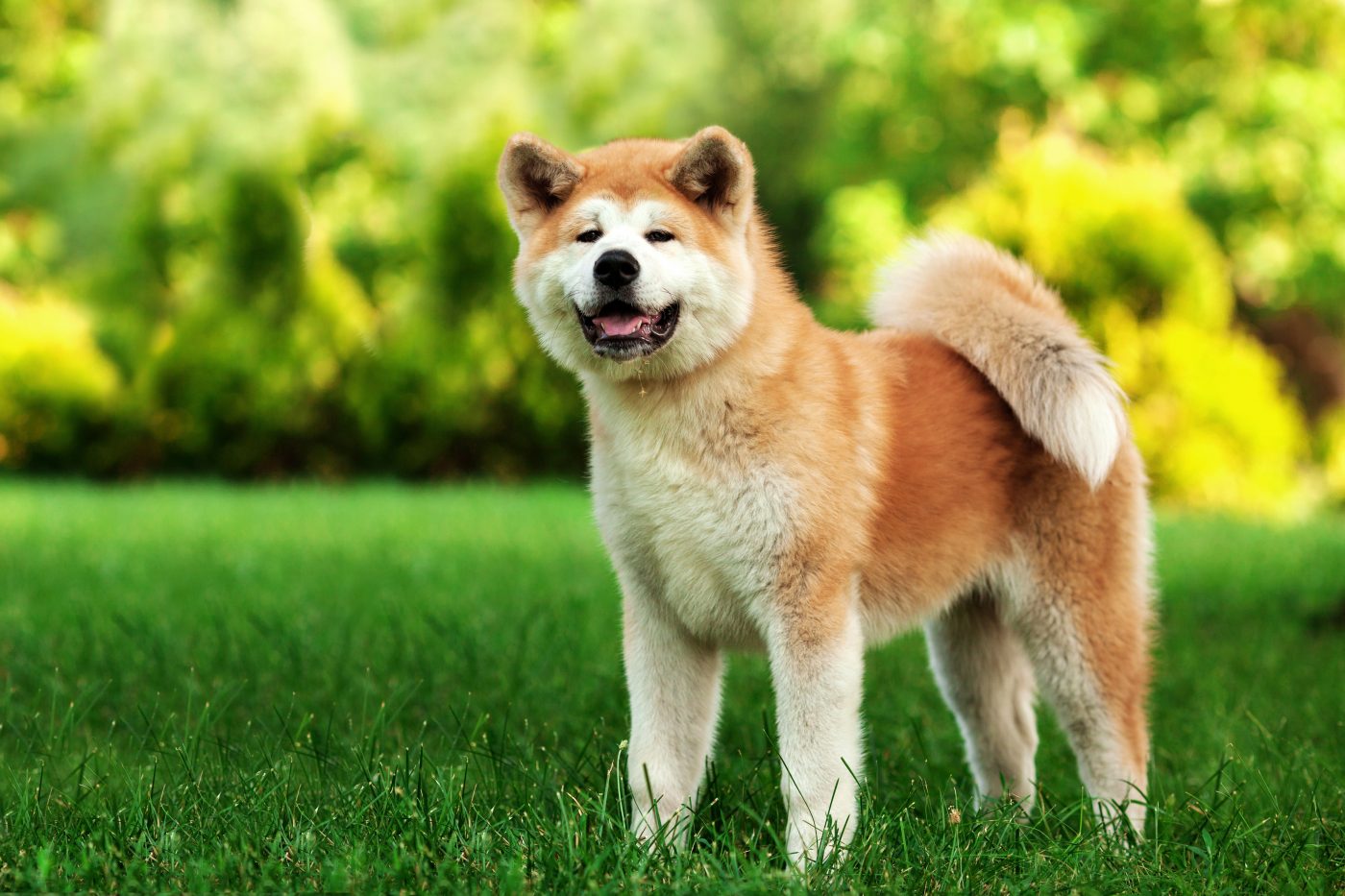
7. Great Pyrenees
Originally bred to guard livestock in the Pyrenees Mountains, the Great Pyrenees is well-adapted to cold and mountainous environments. Their thick, white double coat not only provides camouflage in snowy landscapes but also offers protection against the chill. Great Pyrenees have a gentle and affectionate temperament but are also fearless protectors of their flock and family, suited for life in rugged, rural settings.
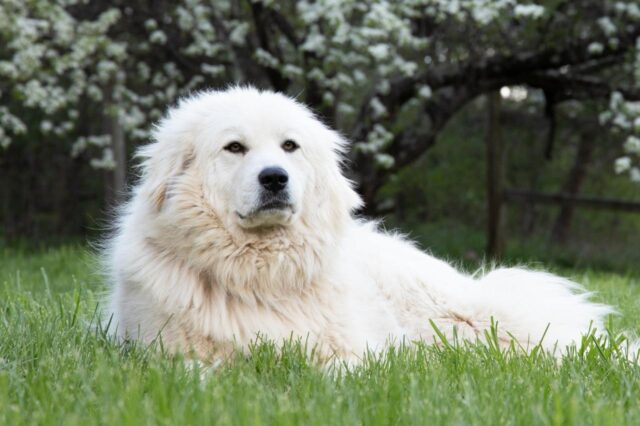
8. Anatolian Shepherd
Anatolian Shepherds are accustomed to extreme heat, originating from the arid landscapes of Turkey. Their short, light-colored coat reflects sunlight while providing enough insulation for cooler nights. These dogs are incredibly robust and vigilant, developed for guarding flocks against predators in challenging terrains. Their independence and resilience make them particularly well-suited for guarding duties in hot, sparse environments.
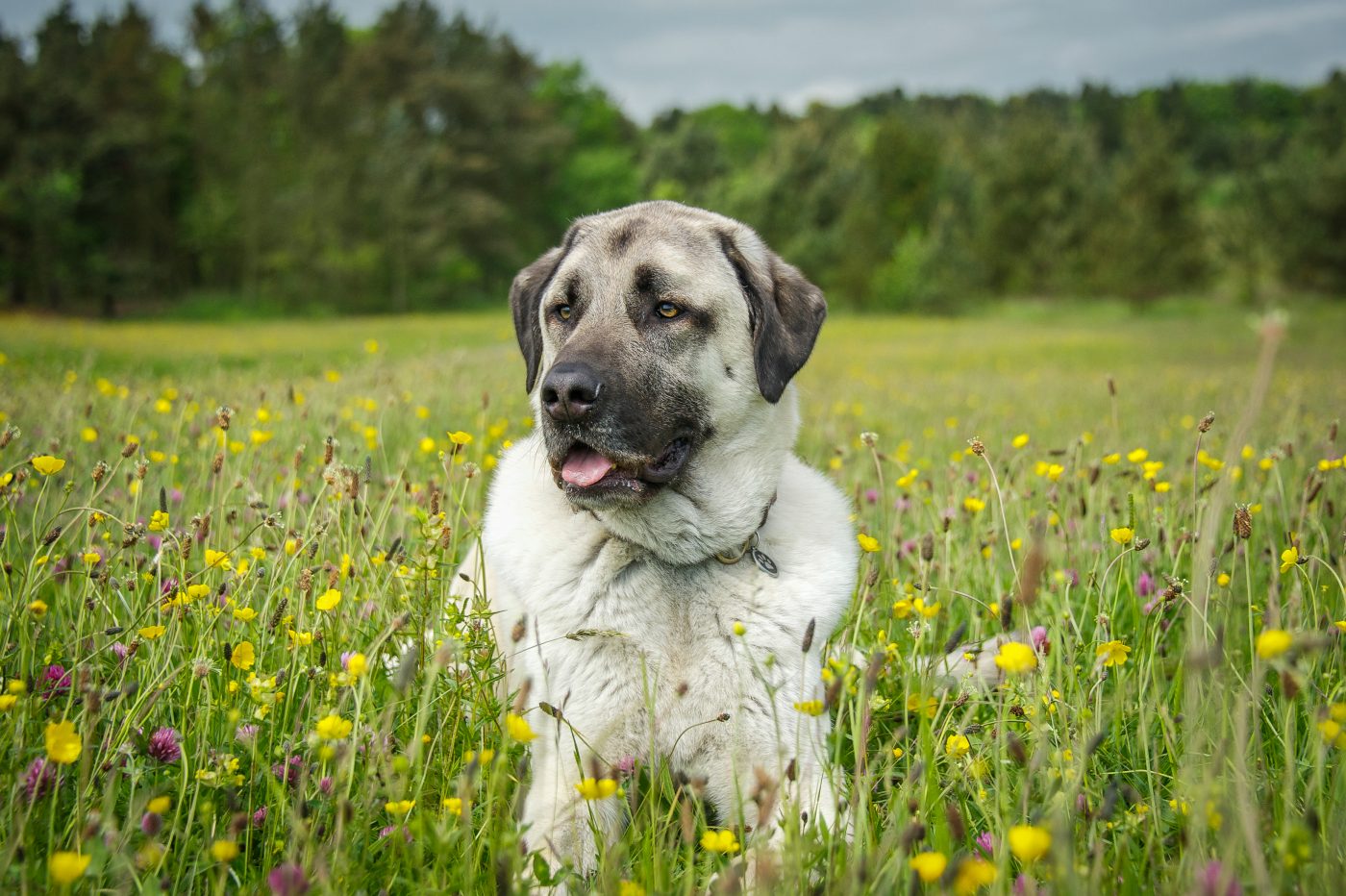
9. Newfoundland
The Newfoundland is another breed that thrives in colder climates, particularly known for their water rescue abilities. Their thick, water-resistant coat, webbed feet, and massive body make them ideal for swimming in cold waters. Newfoundlands are known for their sweet disposition and strength, often used historically for pulling nets for fishermen and hauling wood from forests.
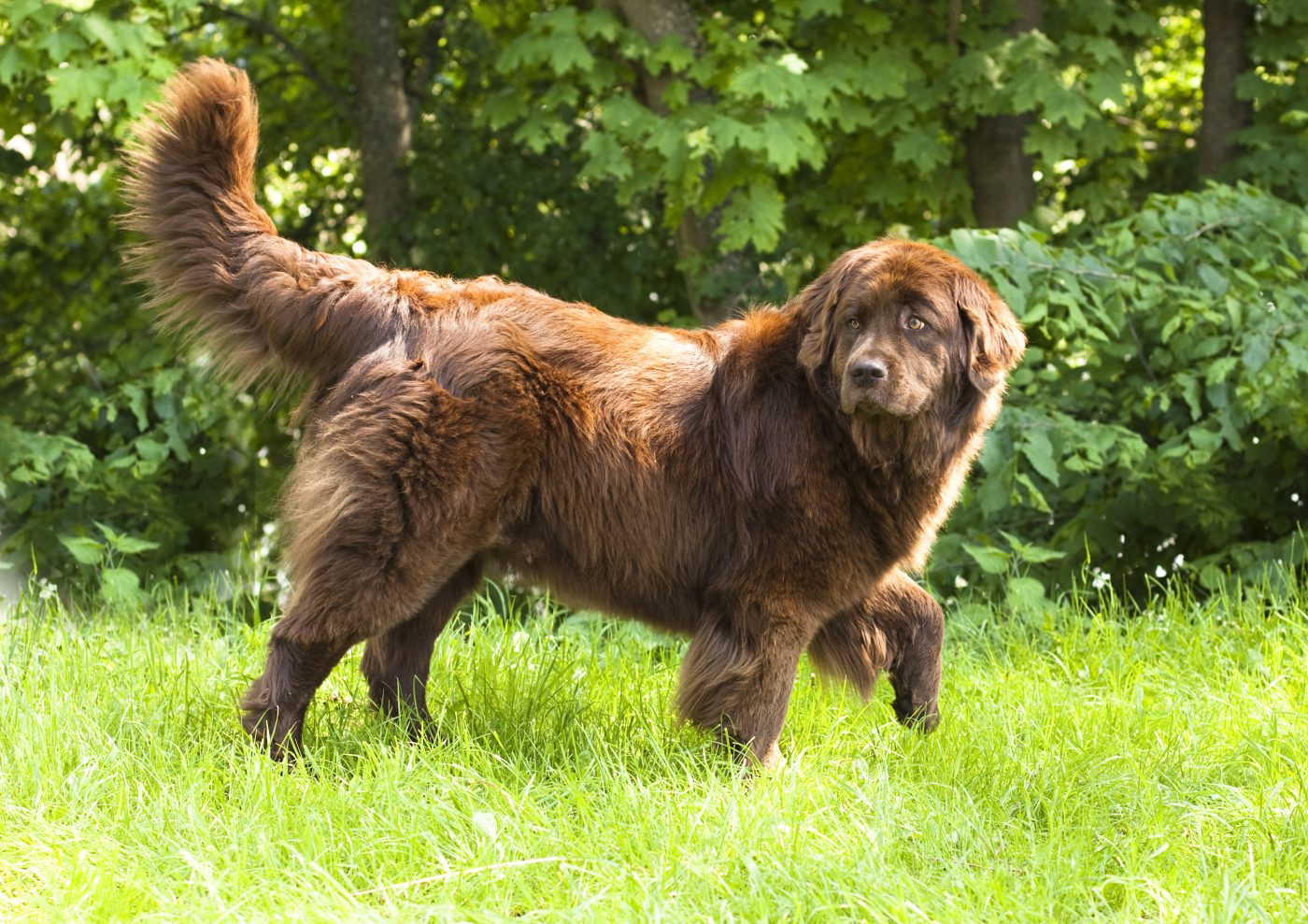
10. Chihuahua
While seemingly delicate, Chihuahuas are surprisingly well-suited for hot climates. Their small size and short coat help them stay cool, and they require minimal outdoor exercise, which protects them from overexposure to the sun. Originating from Mexico, they are accustomed to warm weather and are perfect for urban living in warmer regions, being easy to carry around and maintain.
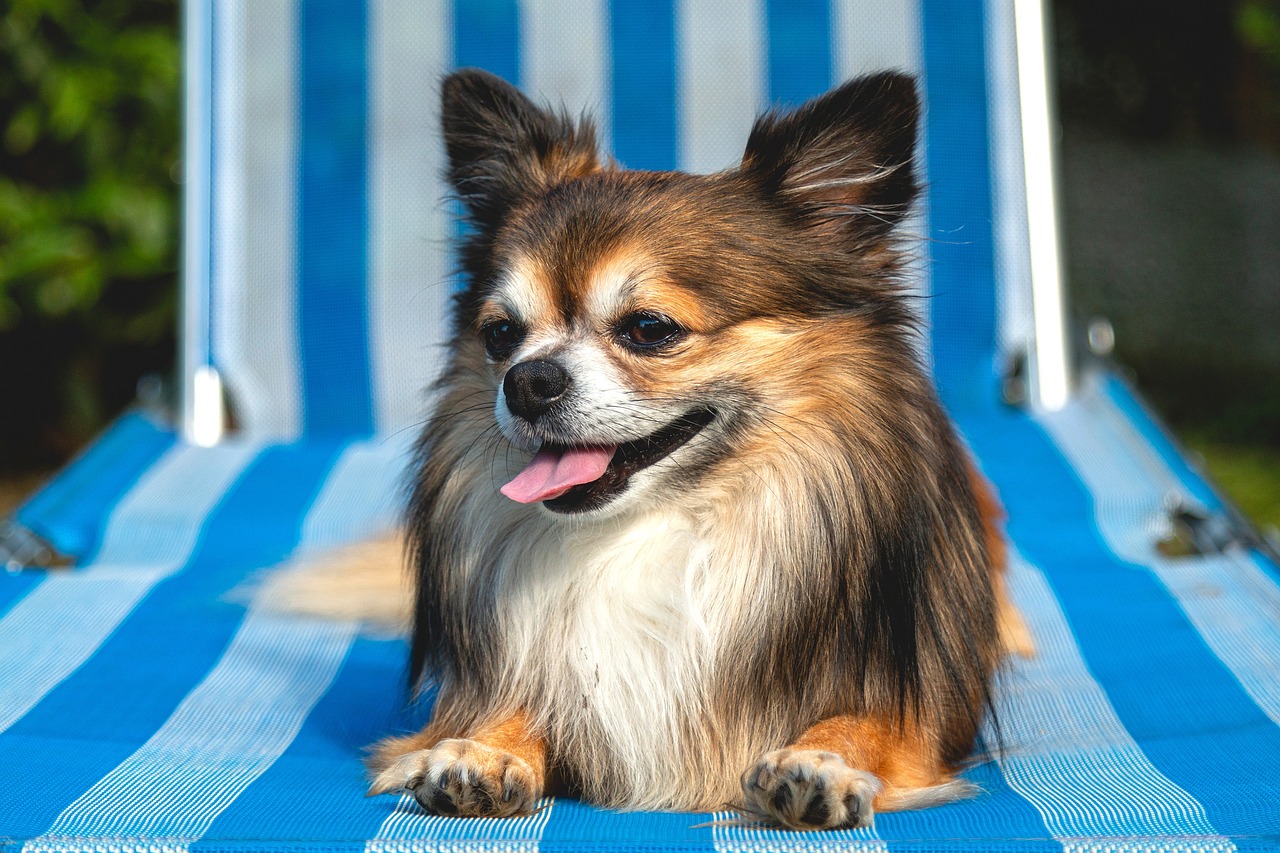
In conclusion, when living in or moving to an area with extreme climate conditions, choosing a dog breed that is genetically predisposed to thrive in such environments can greatly enhance both the dog’s and the owner’s quality of life. Each of the breeds listed above possesses specific traits that make them uniquely suited to either very cold or very hot climates, ensuring they are not only comfortable but also able to perform at their best. Whether you’re dealing with the freezing temperatures of the Arctic or the scorching heat of the desert, there’s a breed designed to handle the extremes of our planet.
 Toledo, United States.
Toledo, United States.